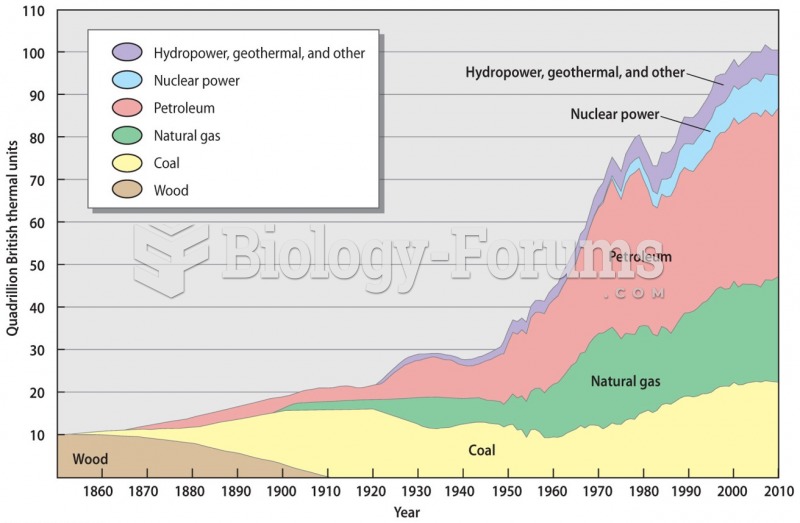|
|
|
Did you know?
Of the estimated 2 million heroin users in the United States, 600,000–800,000 are considered hardcore addicts. Heroin addiction is considered to be one of the hardest addictions to recover from.
Did you know?
Street names for barbiturates include reds, red devils, yellow jackets, blue heavens, Christmas trees, and rainbows. They are commonly referred to as downers.
Did you know?
The immune system needs 9.5 hours of sleep in total darkness to recharge completely.
Did you know?
You should not take more than 1,000 mg of vitamin E per day. Doses above this amount increase the risk of bleeding problems that can lead to a stroke.
Did you know?
In 1864, the first barbiturate (barbituric acid) was synthesized.
 Apply forearm to the deep fascia of the back. Stand to one side of the face cradle; use the proximal ...
Apply forearm to the deep fascia of the back. Stand to one side of the face cradle; use the proximal ...
 Stripping is performed with deep pressure along the length of a muscle to its attachment. Parallel ...
Stripping is performed with deep pressure along the length of a muscle to its attachment. Parallel ...





